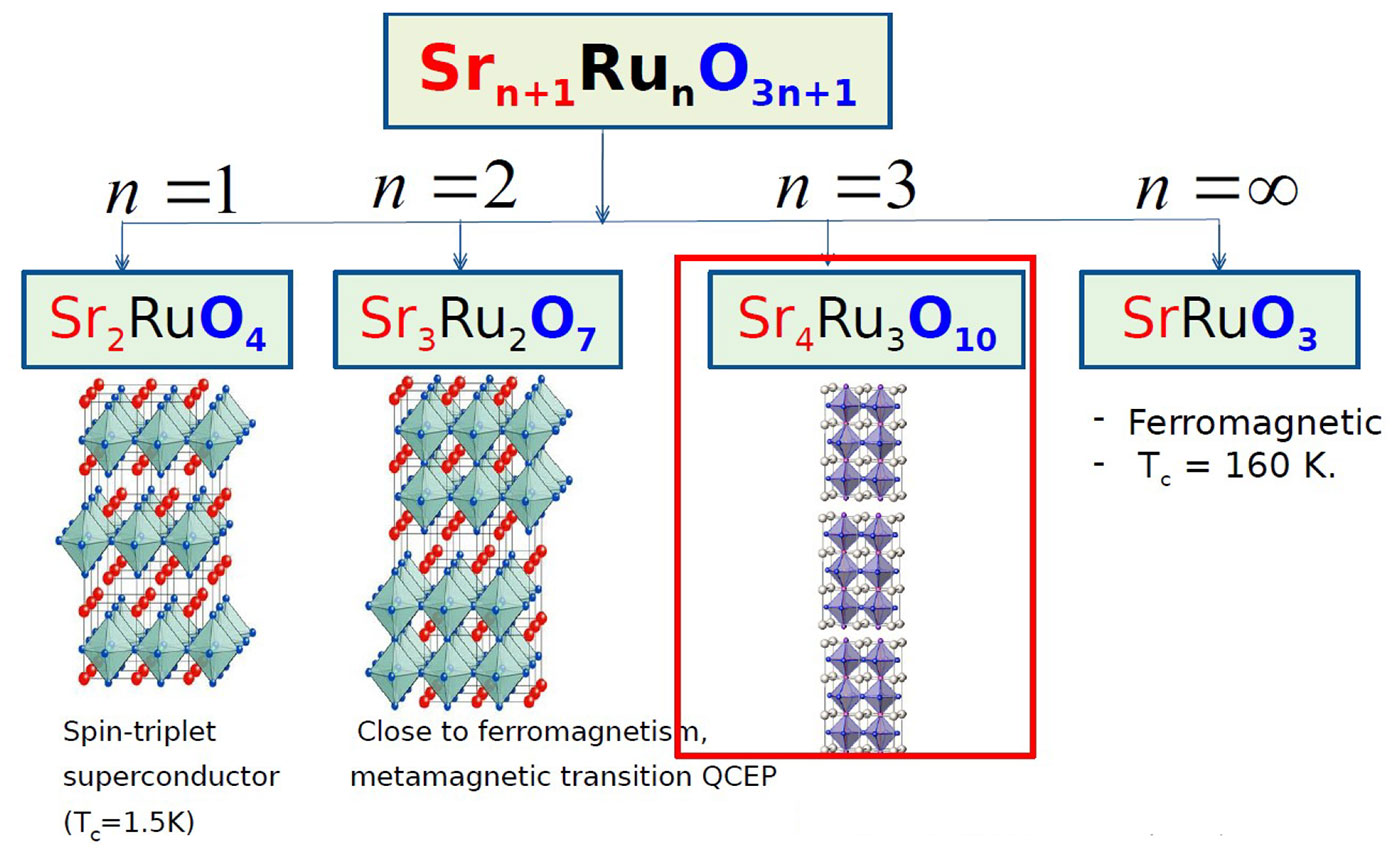News
Expanse Supercomputer Used in Study of Magnetism in Near Half-Metal
Published September 06, 2022
Kimberly Mann Bruch, SDSC External Relations
Working with a team of researchers from both Africa and the U.S., Garu Gebreyesus, senior physics lecturer at the University of Ghana, recently used Expanse at the San Diego Supercomputer Center at UC San Diego to examine the electronic structure and magnetism of Strontium ruthenates, a class of layered materials with diverse properties.
The international team’s study was recently published in the American Physical Society’s Journal Physical Review B and explained Gebreyesus’ theoretical prediction: the triple layer material, ruthenate, is almost "half-metal"—a metal with all electrons spinning in one direction. The paper goes on to explain that small, applied magnetic fields could tip the balance and create giant magneto-electric effects. This can be important for "spintronics" which has quickly become a field of study within the physics community due to the possibility of using this concept to create novel low-power electronic devices.
“While magnetism and superconductivity are two of the most important properties of materials, some magnetic materials are much better than iron for electric motors,” Gebreyesus explained. “They are the reason that small motors can power electric bikes and scooters while larger motors of this type make efficient electric cars.”
“The material ruthenate is a magnet whose properties can be changed by applying magnetic fields, which are potentially useful for electronic circuits and memory elements,” he continued. “Our theoretical work made predictions that explain the experimental data and provided a new interpretation different from previous work—the essential point is the effect of the magnetism, and now we are conducting experiments to test our predictions.”

The Strontium ruthenates form crystals with metallic ruthenium-oxygen layers materials spaced by insulating strontium-oxide layers. They have been of great interest to understand why single atomic layers of ruthenium separated by strontium layers becomes an unconventional superconductor; a double layer has a phase transition with an applied magnetic field; and a triple layer becomes a ferromagnet like iron, but with different behavior parallel and perpendicular to the planes. The single and double systems have been widely studied, but it is only recently that experiments have been reported on the nature of the electronic states on the triple layer material. Credit: Garu Gebreyesus, University of Ghana
Gebreyesus worked closely with co-author Prosper Ngabonziza, an experimentalist originally from Rwanda who ran some of the the experiments for the paper in South Africa prior to the runs on Expanse. Thanks to workshops offered by the African School for Electronic Structure Methods and Applications (ASESMA), Gebreyesus and Ngabonziza were introduced to long-time supercomputer user Richard Martin, physics professor at Stanford University and the University of Illinois, who suggested running their theoretical calculations on Expanse for faster turn-around time.
“It was great to introduce Garu and Prosper to Expanse,” Martin said. “ASESMA brings together researchers from Africa with ones from the U.S. and Europe so that excellent research can be done if computational facilities are available. We were excited to get the allocations on Expanse to not only further this work, but also connect our African colleagues with researchers doing similar work in the United States.”
After their paper was published, Gebreyesus and Ngabonziza were noticed by U.S. researchers conducting similar work and are now partnering remotely with Jonathan Denlinger and Alexei Fedorov at Lawrence Berkeley National Laboratory (LBNL) to further test predictions published in their paper. Gebreyesus recently visited LBNL to give a talk about their work and meet in-person with Denlinger and Fedorov.
“I was excited to travel to LBNL and explore new experiments on our work as well as related problems,” Gebreyesus said. “My LBNL time was funded by the U.S.-Africa Initiative in Electronic Structure (USAfrI)—thanks to initiatives like this and time on Expanse, we are able to conduct our research that will someday allow for more efficient low-power electronic devices.”
Funding for the supercomputing conducted on Expanse was provided by the National Science Foundation Extreme Science and Engineering Discovery Environment (XSEDE) allocation number TG-PHY210045.

